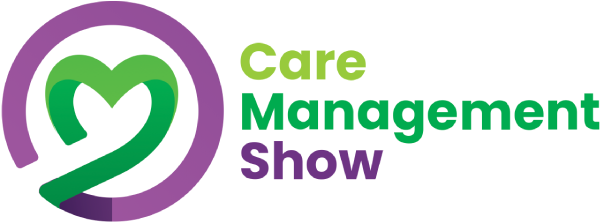CQC’s (or your) approach to technology at inspection
)
As the world becomes increasingly digitised, and particularly since the pandemic, technology is becoming more and more important to care settings. But what is CQC’s approach, and how can you ensure you’re compliant at inspection?
It turns out I really do have a crystal ball!! Back in 2018, I wrote an article – ‘At the touch of a button’ – for an industry magazine. The article talked about the potential for CQC to move to remote inspections as technology in care homes became more prevalent. In the five years since that article was published, more services have transitioned to electronic records and CQC has become more time-pressured than ever before.
While CQC is not currently conducting fully remote inspections, many managers will have seen that inspections are often shorter than pre-pandemic, with many more requests for copies of records to be sent on to the inspector than ever before. Are we edging closer to remote inspections?
I think the answer by the end of the summer (CQC timescales permitting) will be yes. CQC is entering remote inspection territory with the new inspection process due to come in at some point this year (it was due in January but has been delayed).
Upcoming changes to CQC inspections
CQC will use Direct Monitoring Calls (DMCs) as a means to check services, and the currently optional portal for evidence and communication with CQC will move to a mandatory system. Many of us grew used to DMCs during the pandemic, but they were not a tool on which ratings could be based. Managers, and those who deputise for them, must be aware that future DMCs could affect the rating of the service.
CQC will also be able to change the rating of the service, after following the necessary process of factual accuracy checking, through remote inspection processes and DMCs.
Meanwhile, the increased focus on the service user, family, and staff experience of the service means that an unfounded claim from a whistle-blower could result in a downgrading of your rating if you don’t have hard evidence to refute it.
Of course, there are upsides to the portal. For example, services that previously had been ‘stuck’ with Inadequate or Requires Improvement ratings could potentially submit the evidence of improvement to the portal, meet with CQC, and seek an upgrading of the service.
Don’t worry though… CQC will continue with in-person inspections. However, if I’m being cynical, I’d say these will be less common going forward and possibly reserved for homes where enforcement action is being considered.
With the increased use of technology across the sector, particularly for service user records, evidencing your compliance or responses to CQC enquiries should in theory be getting easier. That, of course, will depend on how well your staff are using the systems you have in place, how good your training on those systems is, and how well you monitor the use of the system.
The issue with the new regime of inspection is the lack of supporting guidance. What will the challenge process be for DMCs? How will the portal stand up to the 17,000 services using it? CQC doesn’t have the best track record when it comes to technology does it?!
Maintaining control
Whether viewed remotely or in person, CQC is likely to be familiar with your electronic systems. In some cases, we have seen inspectors present a manager with a report pulled by the system that the manager had no awareness the system could deliver.
Many services offer the inspector their own log-in to the computerised systems, or log them in using an existing staff member’s details. The issue with this is that the inspectors are able to look at any records held on the system at the point it is accessed. How can the service reasonably know what CQC looked at in order to challenge any factual inaccuracies? With paper-based records, they are largely physically handed over to the inspector and as such, the service has a good insight into which records were seen.
Some services provide limited access to electronic systems, for example by limiting system access to the specific residents that CQC case tracks, or by printing paper copies of the records requested. This can be effective in managing the inspection and understanding what CQC has looked at. However, it doesn’t eliminate the risk that CQC could interpret the information it sees incorrectly.
I rarely hear of managers using CQC’s own guidance to manage the inspection. CQC’s current guidance on accessing digital records includes clear instruction that its inspectors cannot insist on being given unsupervised or direct access to the electronic systems. Therefore, you can have a staff member sit with the inspector as they go through the records. This will give you the power to resolve questions in real time before the inspector decides what the evidence shows.
So, what are CQC looking for in your digital systems? That:
- Staff have received appropriate training;
- Data protection has been thought through (one provider I knew installed tablets in corridors for staff to document on – and anyone walking by could read the information);
- Information is inputted contemporaneously;
- The business continuity plan includes the electronic systems;
- There is suitable WiFi coverage;
- You are auditing the systems;
- Staff are competent and confident in using the systems; and
- The systems drive quality.
Now to find the lottery numbers in this crystal ball!
-
)
Charlie Jones
Chief operating officer, BKR Care Consultancy


